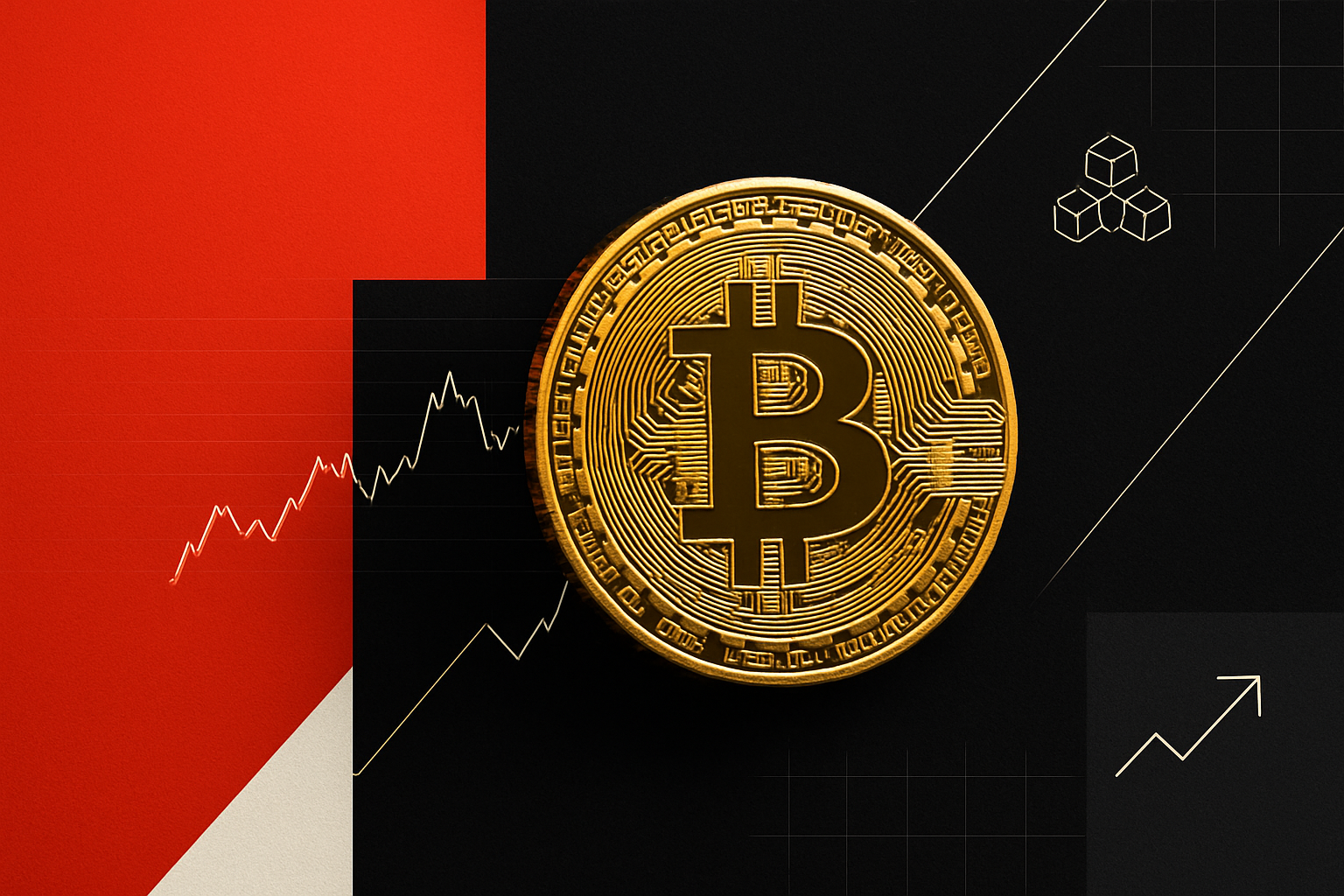
France is poised to reshape the landscape for high-net-worth crypto holders, with a proposed 1% annual tax on “unproductive wealth” that directly targets digital assets like stablecoins. The measure, approved by France’s National Assembly on October 22,2025, has triggered intense debate, and for stablecoin investors, the implications are immediate and far-reaching.

Key Details: How the 1% Wealth Tax Works
The new tax applies only to individuals whose net holdings in “unproductive” assets exceed €2 million. This threshold is critical: only the portion of your net crypto and other non-productive assets above €2 million will be subject to the flat 1% annual levy. For example, if you hold €2.5 million in stablecoins and other cryptocurrencies, only €500,000 would be taxed at 1%, resulting in a €5,000 annual charge.
Digital assets are now grouped alongside luxury goods and unused real estate as part of this effort to channel private capital into more economically productive investments. The amendment replaces France’s previous progressive property wealth tax (IFI), which ranged from 0.5% to 1.5%, with a simpler flat rate structure.
Stablecoins Under Scrutiny
This legislation is particularly relevant for stablecoin investors due to their perceived role as low-risk stores of value. By including stablecoins, often used for hedging volatility or facilitating cross-border transactions, lawmakers signal an intent to discourage passive holding of large digital portfolios within French borders.
Critics argue that this approach could penalize those seeking financial stability through digital means rather than traditional banking products or equities. Éric Larchevêque, co-founder of Ledger, has warned that such measures may drive innovation and capital offshore at a time when global competition for crypto talent and investment is fierce.
Current Tax Landscape: What Changes for Crypto Investors?
The new wealth tax does not replace existing capital gains obligations. Since January 1,2023, French residents have faced a flat 30% tax (PFU) on realized crypto gains regardless of trading frequency or volume. The proposed wealth levy adds another layer for large-scale holders, potentially increasing total annual liabilities significantly for those above the €2 million mark.
This dual regime means stablecoin investors must now track both transactional profits and aggregate portfolio values at year-end. Notably, losses on crypto can only offset gains within the same fiscal year, unlike stocks where losses can be carried forward up to ten years, further complicating compliance strategies.
For stablecoin holders accustomed to regulatory clarity, the new tax injects uncertainty. The annual assessment of portfolio values, especially with fluctuating token prices and evolving definitions of “unproductive” assets, demands careful documentation and regular portfolio audits. Many investors are now weighing whether to diversify into asset classes considered “productive” under French law or to relocate their holdings, and potentially their tax residency, outside France.
Practical Implications for Compliance
Staying compliant will require more than just tracking trades. Investors must maintain detailed records of wallet balances at year-end, document valuation methodologies, and prepare for potential scrutiny from French tax authorities. Tax professionals recommend establishing robust processes for:
- Annual portfolio valuation: Use reliable third-party pricing sources on December 31 each year
- Segregation of asset types: Clearly distinguish between stablecoins, volatile cryptocurrencies, and other asset classes
- Loss reporting: Track realized losses closely as they can only offset gains within the current tax year
- Cross-border reporting: Declare all offshore wallets and custodial accounts as required under French law
The complexity is heightened for those using DeFi platforms or multi-chain solutions where asset provenance may be opaque. Proactive engagement with compliance specialists is now essential.
Market Reactions and Strategic Moves
The industry response has been swift. Some stablecoin issuers and custodians are already reviewing their service models to accommodate clients facing higher compliance costs or contemplating relocation. Meanwhile, legal experts caution that if the Senate approves the measure and it enters the 2026 budget, France could see a short-term outflow of large private digital wealth, mirroring past responses to aggressive tax moves in other sectors.
However, supporters argue that this is an opportunity for France to set a precedent within the EU by aligning digital asset taxation with broader economic policy goals. The outcome could influence how other EU states approach crypto wealth taxation under upcoming MiCA (Markets in Crypto-Assets) regulations.
Action Points for Investors
If you hold substantial stablecoin or crypto portfolios in France, now is the time to:
- Review your current exposure relative to the €2 million threshold
- Engage a qualified tax advisor familiar with digital assets
- Create an annual audit calendar aligned with French fiscal deadlines
- Evaluate alternative asset allocations if you wish to reduce your “unproductive” wealth exposure
The final scope of this legislation hinges on Senate approval and its inclusion in the national budget. Until then, vigilance is key, both for compliance and strategic planning.




